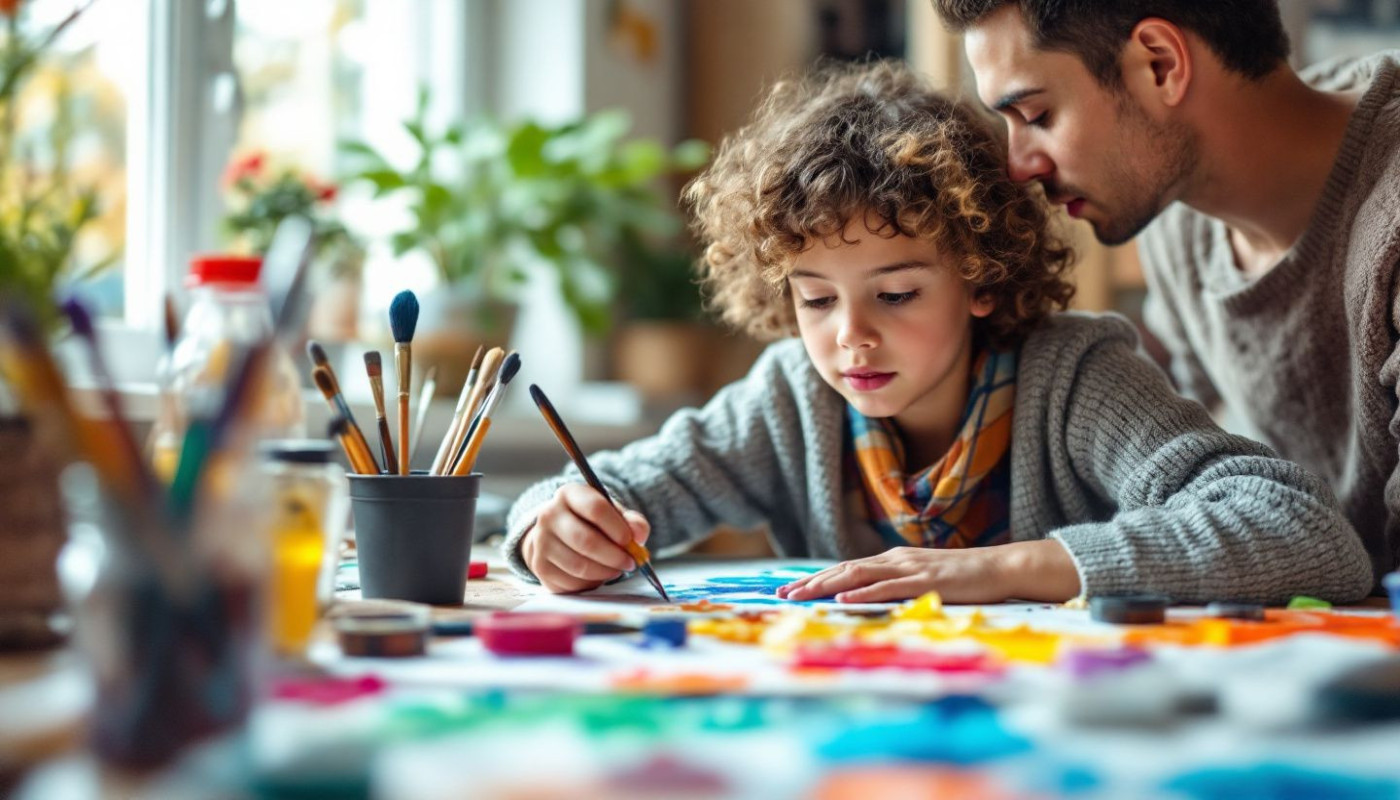Table of contents
Do you find yourself overwhelmed by stress and in need of an effective outlet? Are you seeking to discover new techniques that can help soothe your mind, body, and soul? If so, Art Therapy could be the solution for you. Diving into this world offers an opportunity to channel your feelings constructively while fostering creativity. This type of therapy has been proven as a powerful tool in combating mental health issues such as anxiety or depression and it's gaining attention around the globe. So why not join us on this transformative journey? Explore how art therapy unleashes creativity for stress relief.
Understanding Art Therapy
Art therapy, often referred to as expressive arts therapy, is a therapeutic approach that employs creative processes to promote psychological healing and wellbeing. Originating from the mid-20th century, art therapy has since evolved significantly. Initially a method used by therapists and artists to help patients express thoughts and emotions they couldn't put into words, it has burgeoned into a recognized and respected form of treatment in the mental health field.
In the hands of a certified art therapist, this creative treatment can facilitate personal growth, improve self-awareness, and alleviate psychological distress. Art therapy works by allowing individuals to convey their feelings and experiences through artistic expression, thereby enhancing their emotional, cognitive, and physical state.
The evolution of art therapy has seen its use expand beyond mental health clinics. Today, it is utilized in various settings, such as hospitals, schools, and community centers, demonstrating its versatility and effectiveness. The benefits of art therapy extend beyond conventional therapy, providing an alternate route for those who may find verbal communication challenging.
How Does Art Therapy Work?
Art therapy, a branch of psychotherapy, integrates the use of creative expressions and psychological theories to promote mental and emotional growth. The process of art therapy typically begins with the selection of materials. Clients are provided an array of choices, ranging from paints, crayons, markers, clay to other forms of media. This stage is pivotal as the materials chosen can denote a client's emotional state and personal preferences.
Subsequent to the material selection phase, clients embark on creating their unique artwork. Within this phase, the elements of creativity come to the forefront. A professional psychologist with experience in expressive arts therapies guides this therapeutic journey, providing a safe and supportive environment for clients to explore their inner world. The creation process serves as an emotional release and allows individuals to articulate feelings that may often be challenging to express verbally.
Following the completion of the artwork, clients engage in a reflection session. This part of the process mirrors the significance of reflective practice in psychotherapy and is an instrumental component of art therapy. Here, the clients and the psychologist discuss the artwork, exploring the feelings, thoughts, and experiences that emerged during the creative process. This reflection through arts can promote self-awareness, facilitate personal growth, and provide a new perspective on tackling life's challenges.
The Connection between Creativity and Stress Relief
Engaging in creative activities, such as painting or sculpting, has been shown to significantly help in decreasing stress levels. Reducing Stress Levels through Creative Expression is no longer just an abstract concept; it's backed by empirical evidence. Studies carried out by professionals, including clinical psychologists specializing in mindfulness-based interventions, have established a clear link. They suggest that when individuals direct their energy toward creating art, they enter a state of mindfulness, leading to a reduction in stress and anxiety.
This is where Mindfulness-Based Cognitive Therapy (MBCT) comes into play. MBCT is a technical technique that combines cognitive behavioral therapy methods with mindfulness strategies. It's a well-established practice used by many mental health professionals. It encourages individuals to break away from their automatic thought processes and engage more actively and consciously in the present moment. When applied to art therapy, MBCT becomes an influential tool for unleashing creativity and managing stress more effectively.
Ultimately, the Benefits Of Engaging One's Self Creatively are manifold. Not only does it function as a natural stress reliever, but it further enhances emotional resilience, paves the way for self-discovery, and fosters a sense of personal fulfillment. In essence, indulging in creative expression acts as a powerful therapeutic tool for overall mental well-being.
On the same subject



